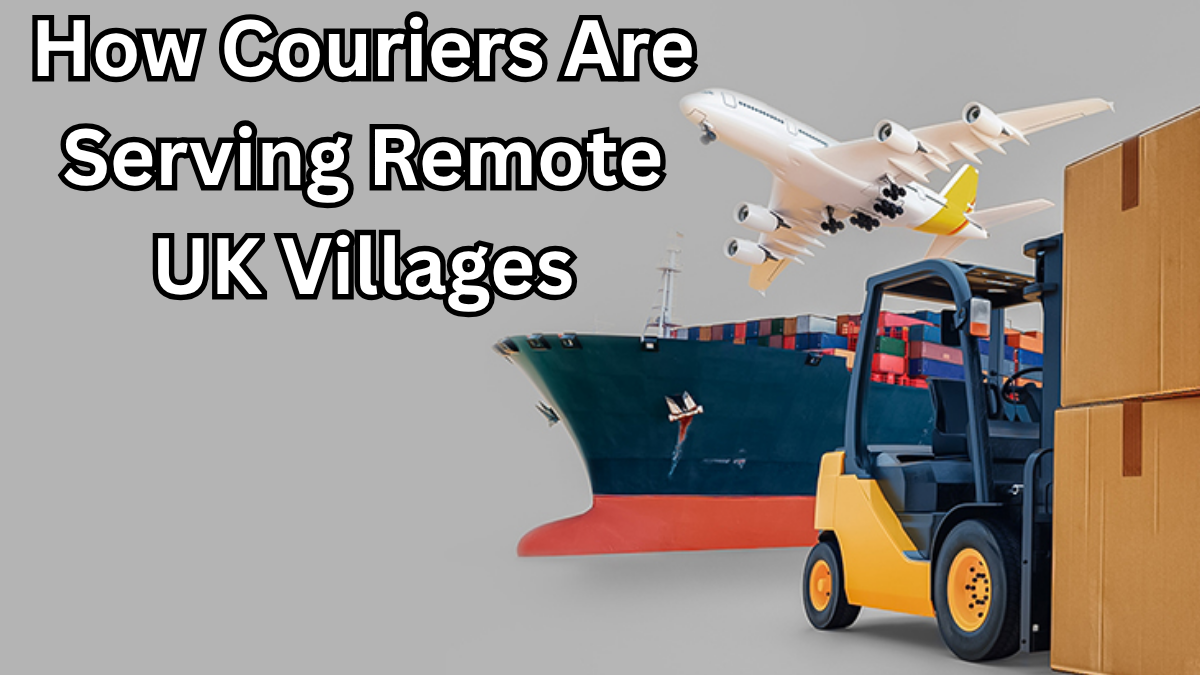Living in a quiet countryside spot has its charm, but for many residents in remote areas, receiving parcels on time used to be a real struggle. In 2025, however, UK village delivery services have stepped up, using innovative solutions to make sure no household is left behind — no matter how rural.

Why Delivering to Remote Villages is Challenging
Courier companies face unique hurdles when operating in less populated areas. These rural courier challenges include:
-
Long travel distances: Villages are often far from major distribution hubs.
-
Unpredictable weather: Country roads can be blocked or damaged during bad weather.
-
Sparse population: Fewer deliveries per route make operations costlier.
-
Limited infrastructure: Narrow lanes and unpaved roads can slow down vehicles.
Despite these difficulties, logistics providers are transforming their approach to ensure seamless deliveries.
What’s New in 2025?
Courier services are reinventing their strategies to improve efficiency and customer satisfaction.
Key Innovations Driving Change
-
Micro-hubs: Setting up small regional hubs closer to rural areas to reduce travel time.
-
Eco-friendly vehicles: Using electric vans and bikes for last-mile delivery.
-
Drone deliveries: Piloting drone services for hard-to-reach areas.
-
Flexible drop-off points: Partnering with local shops and post offices for easier pick-up.
Here’s a quick look at how these improvements stack up:
| Strategy | Benefit for Villages |
|---|---|
| Micro-hubs | Faster deliveries & reduced delays |
| Eco-friendly vehicles | Lower emissions & fuel costs |
| Drone deliveries | Access to hard-to-reach homes |
| Drop-off points | More convenience for residents |
The Human Side of Better Delivery
For villagers, these updates mean more than just faster shipping. They make everyday life easier — from receiving medicines on time to getting essentials without making long trips to town.
A resident from a remote village in North Yorkshire shared:
“Earlier, we had to wait days for packages. Now, with improved UK village delivery services, we receive most orders within a day or two. It feels like we’re finally connected.”
Looking Ahead
The focus now is on scaling these solutions across all rural areas. As rural courier challenges evolve, companies will continue testing new tech-driven methods to bridge the gap between urban convenience and rural needs.
FAQs
How do couriers ensure deliveries reach remote villages?
Couriers use micro-hubs, local partnerships, and even drones to overcome long travel distances and tough road conditions.
Are drone deliveries already operational in UK villages?
Yes, some logistics companies have started trial runs for drones in hard-to-reach rural areas, with full-scale operations expected soon.
How do micro-hubs help with delivery times?
Micro-hubs bring storage and dispatch points closer to villages, reducing travel time and speeding up last-mile delivery.
Will delivery costs increase for rural residents?
While rural deliveries are costlier to operate, most couriers aim to balance costs through innovative routes and partnerships, minimizing price hikes for customers.
Click here to learn more